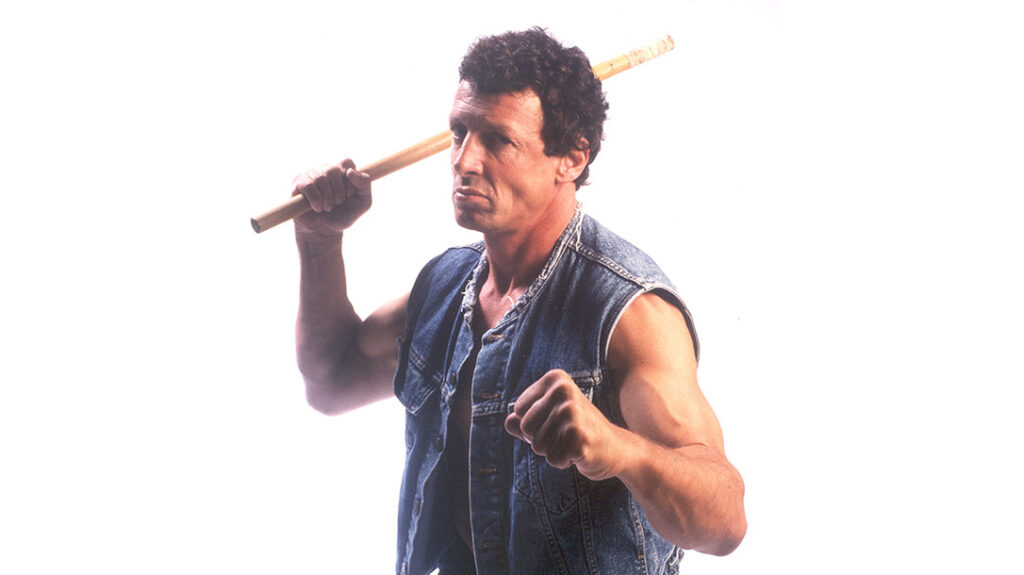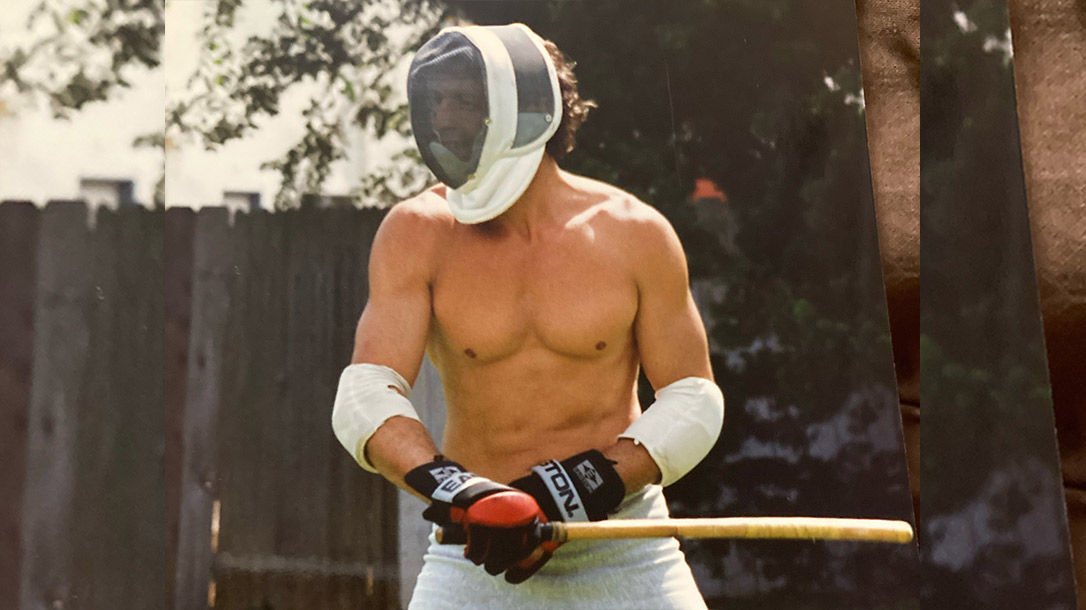Way back, before Craig Douglas’s ECQC, before the UFC, before “pressure testing” was a thing, there were the Dog Brothers.
Who Are the Dog Brothers?
A group of primarily Filipino-style martial artists, they specialized in stick and knife techniques. As far back as the mid-1980s, they were pioneering weapons training through full-contact fights with minimal protection. They’d simply take up hard rattan sticks, don light fencing masks, light hand protection, and have at it.
Typically, they’d meet for after-hours sparring sessions at the Inosanto Academy in Southern California. Run by Bruce Lee protégé Dan Inosanto, the academy was a hub for many arts, particularly the Filipino styles.
Advertisement — Continue Reading Below
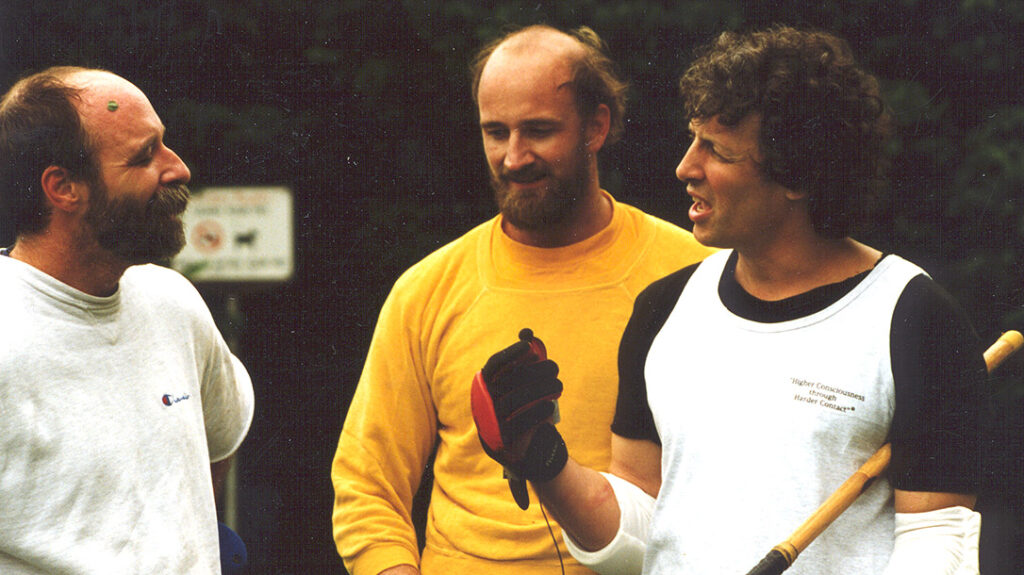
But while based on traditional Filipino methods, the nearly all-out bouts soon began to morph into something much different – and much more realistic. Their fights have seen everything from severe concussions to shattered kneecaps.
Eric Knaus, the group’s best fighter, enjoyed testing himself against a variety of weapons, from wooden swords to bullwhips. So rather than stick vs. stick type duels, the matches became a wide-open test of mixed weaponry.
Advertisement — Continue Reading Below
They also quickly discovered, just as people would later learn with the UFC, real fights included a lot of grappling.
“Some people claimed we were only able to get to grappling range because of the fencing masks,” said Marc Denny. “Sometimes that was true. But we also learned how to get there consistently without taking hits.”
Leaders of the Pack
The guiding force behind the group from its inception, Denny was the first to take up Brazilian jiu-jitsu training. He soon showed ground fighting had its place in fights with weapons, using his BJJ skills to great effect.
Advertisement — Continue Reading Below
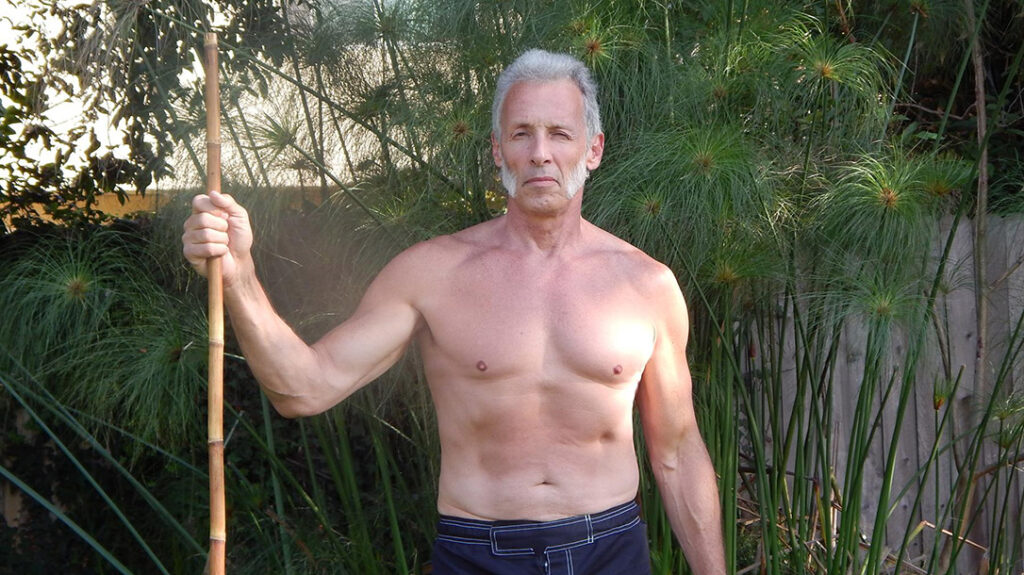
Though originally derided within the Filipino martial arts community, the Dog Brothers approach has gained traction over the years. Denny has formalized that approach into a system he calls “Dog Brothers Martial Arts.”
And it’s fair to say it’s now a standard by which those interested in practical hand-to-hand combat skills involving weapons measure themselves.
Advertisement — Continue Reading Below
Variations of DBMA training methods are employed throughout the military and elite law enforcement communities. Whenever you see two guys wrestling over a training knife like it’s life and death, know the Dog Brothers were there first.
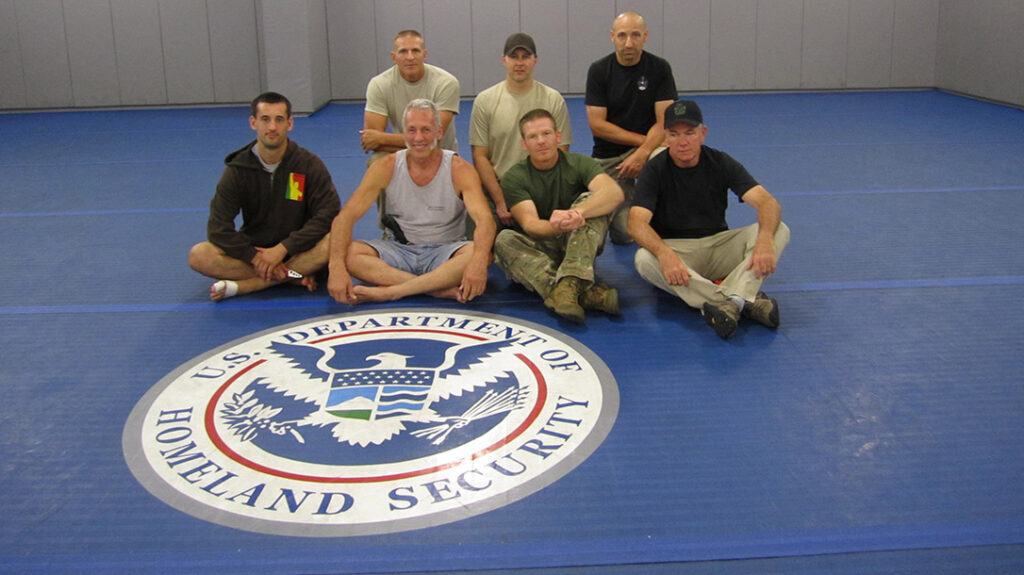
Among the things they learned along the way is just how much punishment a human being can take. The old idea that a club or knife would automatically end a fight went out the window. How and where you strike, particularly with a small knife, began to get re-examined.
Advertisement — Continue Reading Below
Many traditional Filipino knife fighting styles seem to be based on dueling methods rather than pure self-defense notions. So, Denny came up with his own method, which he calls “Chupacabra Knife,” which focuses more on practical considerations.
Instead of a duel, he looks at things like how you’d employ a small folding knife against an unarmed crowd of attackers. Whether with a stick or a knife, footwork becomes paramount.
“The speed of the fight is the speed of the feet,” he said. “The foundation is to move your weapon and feet in a one-to-one relationship. Every time you swing the stick, you should take a step. You can’t be standing still in a fight.”
Advertisement — Continue Reading Below
Having No Way as the Way
Denny, and many of the other early Dog Brothers, also had a background in Bruce Lee’s Jeet Kune Do style. And they’ve taken Lee’s message of having “no way as way” to heart. They’re willing to draw from a wide variety of sources as long as it fits into what Denny calls their “idiom” of fighting.
“There are things that might be good in BJJ or MMA that might not be good against a weapon. You might hang out on top in a side control position in BJJ. But that won’t work if the person on the bottom has a knife and is stabbing you in the lung,” he said.
By the same token, techniques from one art can be used to create opportunities for those of another art.
Advertisement — Continue Reading Below
“A BJJ person might not extend his arm while he’s in my guard to avoid being arm barred,” said Denny. “But if I hit him on top of the head with a stick, he might give me the arm. Then I can armbar him.”
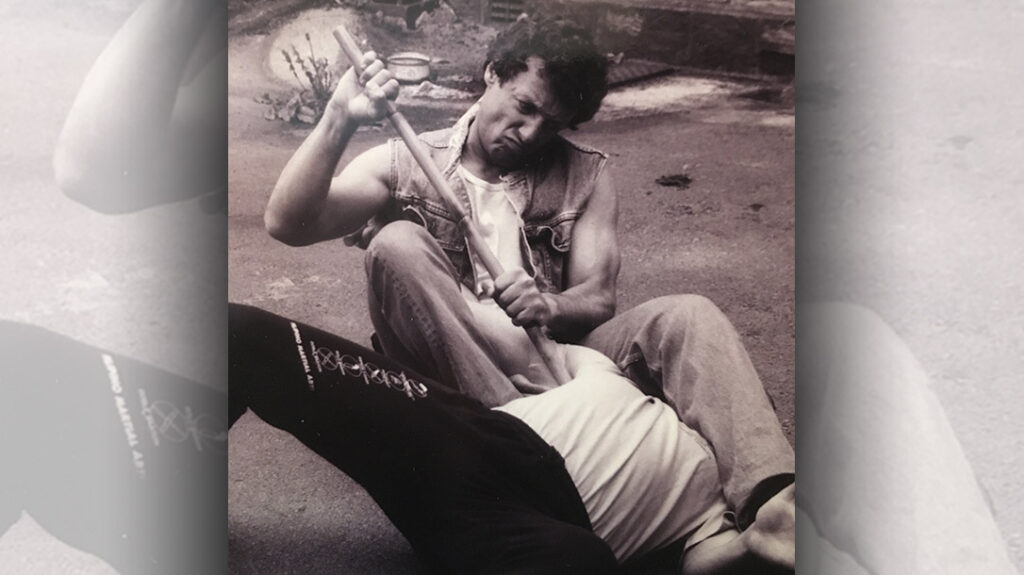
Over the years, the group has explored a wide range of combat scenarios in what they call “real-contact” fights. These can feature anything from sticks to six-foot poles to taser-like shock knives. A fight may start as a stick fight but end on the ground with someone employing a hidden training knife. This has led to a continual evolution of their methods.
Advertisement — Continue Reading Below
As Denny likes to say, “Advantage is temporary. The search for it is eternal.”
Die Less Often
Around 2005, that eternal search saw Denny teaming with firearms expert Gabe Suarez. Together, they came out with an instructional video called “Die Less Often: The Interface of the Gun, the Knife, and the Empty Hand.”
The pair also collaborated on a follow-up video. Denny has since made three more additions to the series, two with former special forces instructor Frank McRae. In a sense, it’s a culmination of everything the Dog Brothers have learned after 40 years of pressure-testing ideas.
“We cover gun, knife, and empty hand. Die Less Often is the interface of all those things. If you come at me with a knife, I might use empty hands to shove you off. Then I gain space to draw and shoot you,” said Denny.
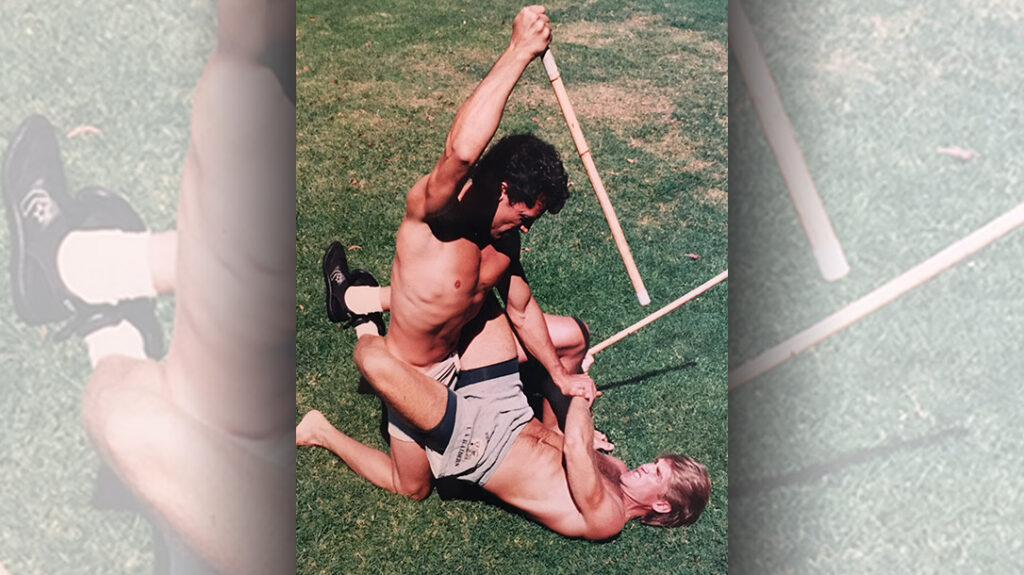
He evaluates the weapon and empty hand techniques he teaches within the context of this “Die Less Often” paradigm. Primarily, the DBMA method looks to employ techniques and tactics that will hold up across the board. Those that translate well into a variety of fighting situations are useful. Those that are specific to just one context are less so.
“The punches of boxing are all forehand thrusts, either straight or curved. You can bring those movements into fighting with weapons. They’ll work across many idioms, and by having only one idiom of movement, your reactions are faster,” said Denny. “But a boxer might also cover up his head with both hands against a punch. In the street, he might get stabbed or cut that way.”
Define the Problem
Denny suggests defining the problem that needs to be solved before seeking out any form of training. What is the problem you picture when you think about learning self-defense? That will inform what type of training and techniques you need.
Knowing your local laws, particularly on what type of weapons you can carry, is also important. It doesn’t make sense to train for self-defense with bowie knives if you can only carry 3-inch folders.
While the Dog Brothers are the godfathers of pressure testing, Denny admits not everyone is ready to just jump into a real-contact weapons fight. Though some people have the mentality to fight with little training, others will need to develop plenty of skills first.
Regardless, to maximize those skills, they’ll eventually require some sort of combative experience in an adrenalized state, i.e., pressure testing. And few people have more experience with that than the Dog Brothers.
To learn more about the Dog Brothers, please visit DogBrothers.com.
